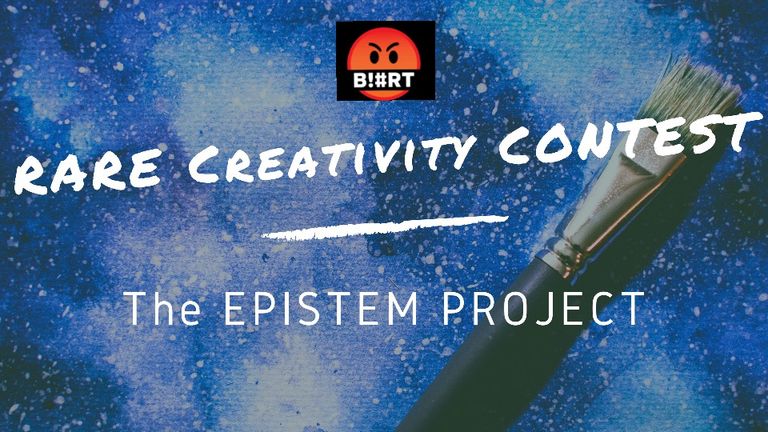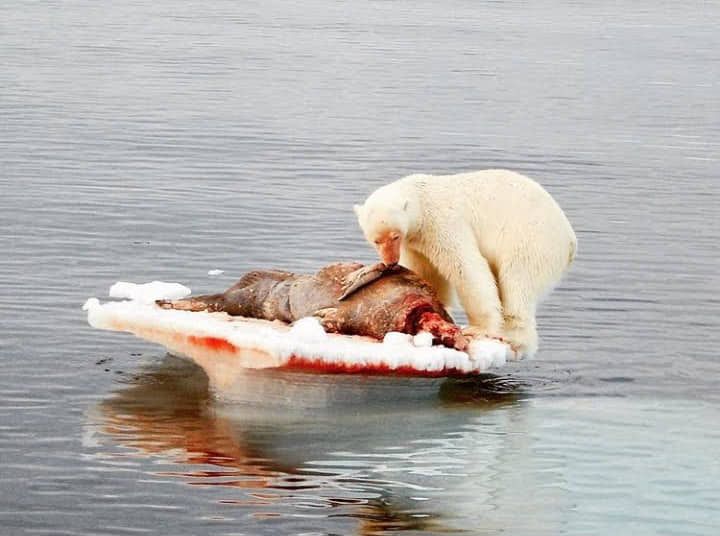
Polar Park Wildlife Foundation blev etableret for at styrke og forbedre Polar Park Wildlife. Vores dyr har gode levevilkår, tæt tilsyn af dyrlæge og regelmæssigt tilsyn af dyrlæge. Vi forsøger dog stadig at forbedre os.
Et andet vigtigt mål er at beskytte biodiversiteten fra rovdyrs perspektiv med særlig opmærksomhed på rovdyr i Arktis. Små levesteder, klima og konflikter mellem kæledyr og rovdyr er nogle af de faktorer, der sætter menge der under alvorlig pres.
The Polar Park Wildlife Foundation was established to strengthen and improve Polar Park Wildlife. Our animals have good living conditions, close supervision by veterinarian and regular supervision by veterinarian. However, we are still trying to improve.
Another important goal is to protect biodiversity from the perspective of predators with special attention to predators in the Arctic. Small habitats, climate and conflicts between pets and predators are some of the factors that put menge there under severe pressure.

Dyrevelfærd
Polar Park skal sørge for dyrevelfærd for parken, og det er ønskeligt, at den hele tiden kan vokse og udvikle sig. En vigtig del af dyrevelfærden er store, forskelligartede bure, der giver bedre levevilkår for dyr. Legatmidler kan bruges til at bruge nye porte og forbedre eksisterende porte. Vores medarbejdere og deres kompetencer er afgørende for vores dyrs trivsel. Fonden bør derfor også bidrage til udvikling af parkens personale gennem kurser, udvekslinger og andre værktøjer til at beskytte og forbedre kompetencer. Målet er at sikre, at Polar Park har de bedste fagfolk nogensinde og en attraktiv arbejdsplads.
Animal welfare
Polar Park must provide animal welfare for the park and it is desirable that it can continually grow and develop. An important part of animal welfare is large, diverse cages that provide better living conditions for animals. Grant funds can be used to use new gates and improve existing gates. Our staff and their skills are critical to the well-being of our animals. The Foundation should therefore also contribute to the development of park staff through training, exchanges and other tools to protect and improve skills. The goal is to ensure that Polar Park has the best professionals ever and an attractive place to work.
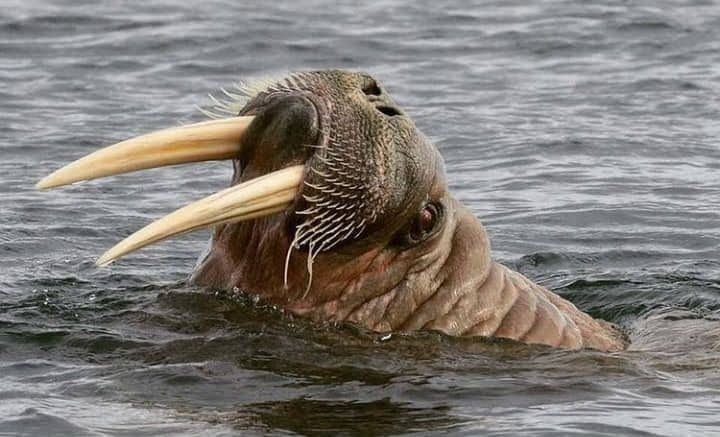
ballon
Ulven er mest interessert i rovdyr ene fra Polar Park. Han er også et af Norges mest controversial rovdyr på grund af konflikter mellem landmænd, jægere og naturfredningsfolk.
Forfædrene til vores ulve kommer fra de nordiske og baltiska lande. Norske ulve er nu koncentreret omkring området i det centrale Østnorge. Det er dyr, der vandrer jævnligt mange steder i Norge og Sverige. Der har ikke vært en ulvebestand i Nord Norge i flere årtier, men af og til dukker en herreløs ulv fra svensk og finsk side op cit og her.
Polar Parks rolle i dette tilfælde er at give up artist viden og information om ulve for at skabe en bedre forståelse af begge sider af problemet. Her kan fonden bidrag.
balloon
The wolf is most interested in predators alone from the Polar Park. He is also one of Norway's most controversial predators due to conflicts between farmers, hunters and conservationists.
The ancestors of our wolves come from the Nordic and Baltic countries. Norwegian wolves are now concentrated around the area of central eastern Norway. They are animals that migrate regularly in many places in Norway and Sweden. There has not been a wolf population in northern Norway for several decades, but occasionally a stray wolf from Sweden and Finland appears here and there.
Polar Park's role in this case is to give up artist knowledge and information about wolves to create a better understanding of both sides of the problem. Here the foundation can contribute.
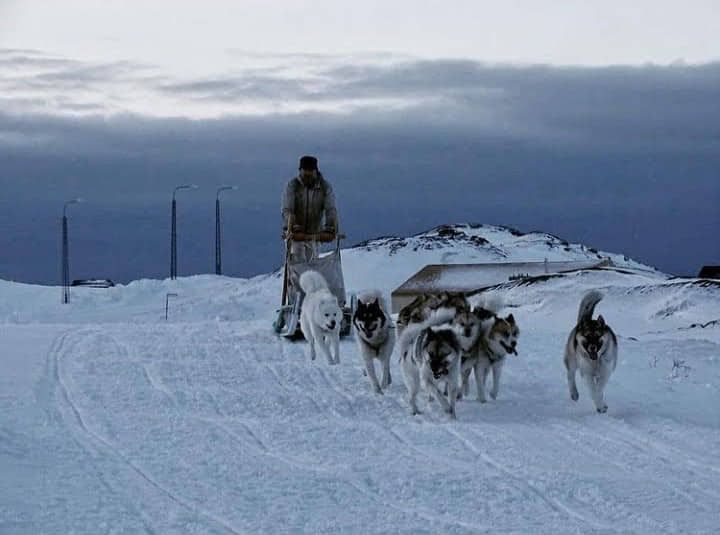
Isbjørn
Verdens isbjørnebestand anslås nu til 20.000 til 25.000, men mindre hvis er et voksende bestands problem og truer isbjørnenes eksistens.
Alle tre projekter kræver så mange investeringer, at Polar Park ikke kun kan fortsætte, men fonden skal spille en vigtig rolle i dem.
Taquete være de lange og strenge vientre har Polar Park en unik mulighed for at give dyrene et miljø tæt på deres naturlige miljø.
Med sin beliggenhed og store mure kan Polar Park yde et væsentligt bidrag til at bevare og vedlikehold artsdiversiteten og også til at skabe opmærksomhed omkring den.
Polar Bear
The world polar bear population is now estimated at 20,000 to 25,000, but less if is a growing population problem and threatens the polar bears' existence.
All three projects require so much investment that Polar Park cannot just continue, but the Foundation must play a major role in them.
Thanks to its long and rigorous seasons, Polar Park has a unique opportunity to provide animals with an environment close to their natural habitat.
With its location and large walls, Polar Park can make a significant contribution to preserving and maintaining species diversity and also to raising awareness about it.
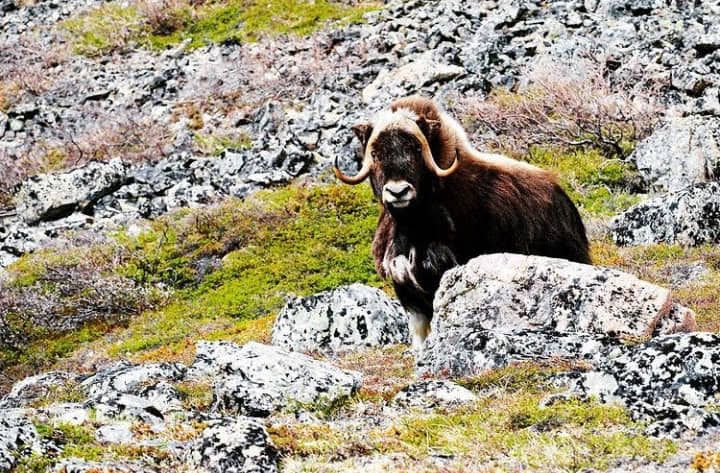
Hvaler, ørne, brunbjørne, ulver en dyr og meget mere. Dyrelivet i Norge og Tromsø-regionen er annerledes, og du kan møde dyr i naturen, både tæt på parker og med guider.
Tæt møde med dyr
Huskies er en populær hund i Tromsø, og du kan alltid se ejercen gå tur med deres kæledyr. De er alltid klar til at kramme, tage dig med på hundeslædeture eller gå en tur gennem de smukke omgivelser mod nord. Rejser du nord for polarcirklen, er du næsten garanteret at se rensdyr på vejen, især om sommeren. Du kan møde rensdyr i området, spise og køre på rensdyrslæde, mens du deltager i de samiske oplevelser i regionen. Vil du møde et lille vildt sort dyr, anbefaler vi et besøg i Polar Park, Silence. 2 timers kørsel fra Tromsø. I januar 2020 blev tre nye bjørne født her, udover at møde dine forældre, bisamrotten Ulrik og hans venner, ulven, losen, bjergræven m.fl. Visste du, at du finder arktisk dyreliv i centrum af Tromsø? Selene Bella, Mai San, Loeffen og Lyra bor i Polaria og er sammen med andre polare haber det perfekte sted at lære mere om den arktische vildmark.
Whales, eagles, brown bears, wolves and animals and much more. The wildlife in Norway and the Tromsø region is different and you can meet animals in the wild, both close to parks and with guides.
Close encounters with animals
Huskies are a popular dog in Tromsø, and you can always see the owners walking their pets. They are always ready to cuddle, take you on dog sled rides or go for a walk through the beautiful surroundings to the north. If you travel north of the Arctic Circle, you're almost guaranteed to see reindeer on the road, especially in summer. You can meet reindeer in the area, eat and ride reindeer sleds while taking part in the Sami experiences in the region. If you want to meet a small wild black animal, we recommend a visit to Polar Park, Silence. 2 hours drive from Tromsø. In January 2020, three new bears were born here, in addition to meeting your parents, Ulrik the muskrat and his friends, the wolf, lynx, mountain fox and others. Did you know you'll find Arctic wildlife in the center of Tromsø? Selene Bella, Mai San, Loeffen and Lyra live in Polaria and, together with other polar habits, are the perfect place to learn more about the Arctic wilderness.
